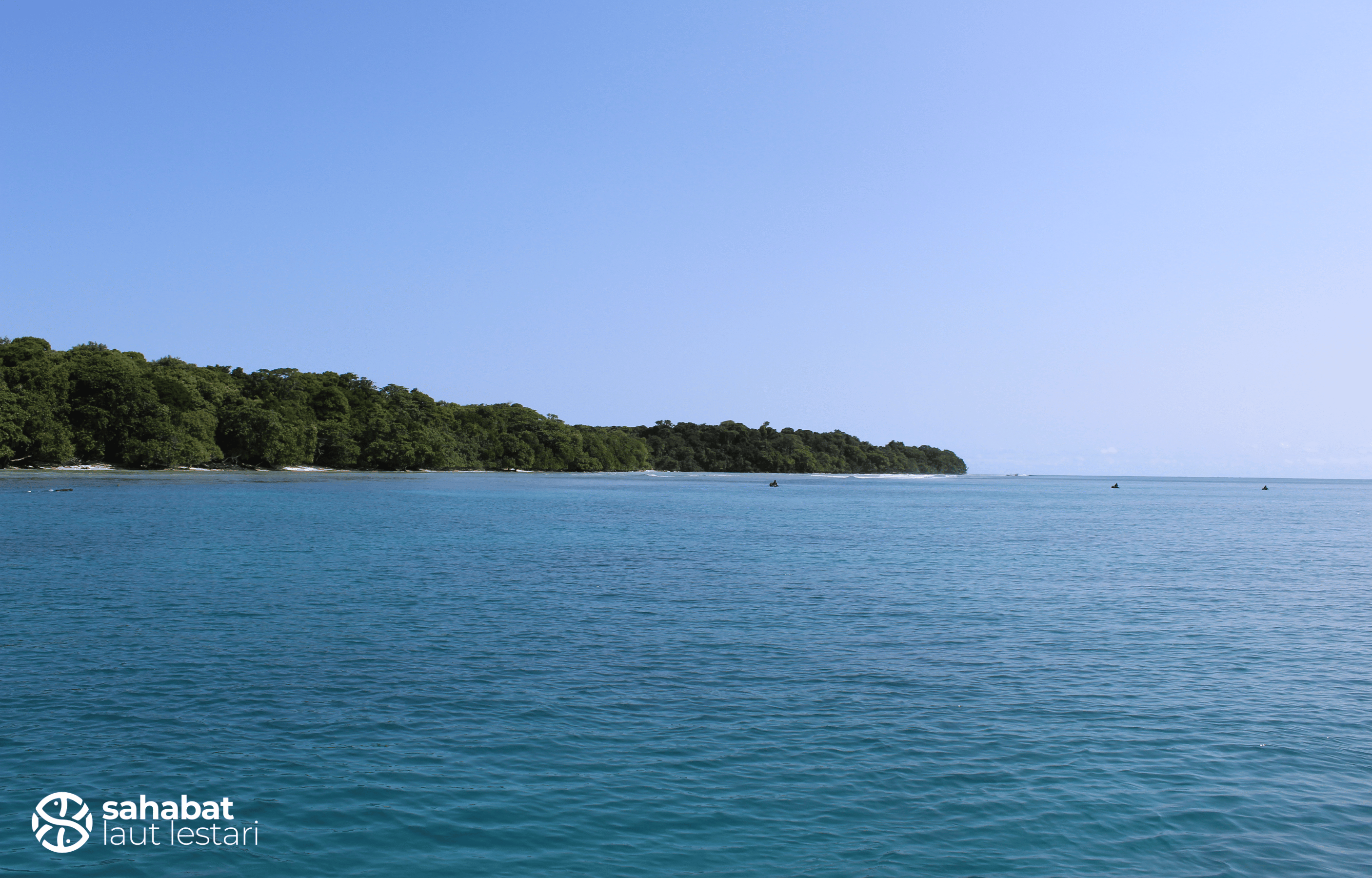A historical moment on 4 March 2023 in NY, announced that the high seas treaty has been agreed. The United Nations Convention on the Law of the Sea (UNCLOS) adopted a new treaty focused on the conservation and sustainable use of marine biodiversity on the high seas. This treaty, known as the High Seas Treaty, has been in the making for over a decade and is seen as a crucial step toward protecting the oceans and ensuring their sustainable use for future generations.
In the UN headquarters in New York the conference president, Rena Lee of Singapore announced that the high seas treaty agreed. After more than a decade of negotiations on March 4, 2023, the countries of the United Nations decided on the first treaty to protect the world’s Oceans Beyond national borders.
UNCLOS and BBNJ
The United Nations Convention on the Law of the Sea was adopted in 1982. It lays down a comprehensive regime of law and order in the world’s oceans and seas establishing rules governing all uses of the oceans and their resources. It embodies in one instrument traditional rules for the uses of the oceans and at the same time introduces new legal concepts and regimes and addresses new concerns. The Convention also provides the framework for further development of specific areas of the law of the sea. A once-in-a-generation opportunity that seeks to conserve marine biodiversity in areas beyond national jurisdiction (BBNJ). The high seas are a global common and belong to no single country alone but to all nations alike.
High Seas Treaty
The high seas, which comprise about two-thirds of the world’s oceans and are beyond the jurisdiction of any single country, are home to a vast array of marine life, from tiny plankton to the largest whales. They also play a critical role in regulating the planet’s climate, as they absorb large amounts of carbon dioxide from the atmosphere. However, the high seas are facing a range of threats, including over fishing, pollution, and climate change, which are putting the health of marine ecosystems at risk. The High Seas Treaty aims to address these challenges by establishing a framework for:
- The Conservation and Sustainable use of marine BBNJ
- Marine genetic resources, including questions on benefit-sharing (MGR)
- Area Based Management Tools (ABMT), including marine protected areas
- Environmental Impact Assessments (EIA)
- Capacity-Building and the Transfer of Marine Technology (CB & TMT)
Impact of High Seas Treaty
The impact of this agreement is definitely beneficial for living beings as well as protected areas such as:
- Protection of the marine environment: The treaty has played a critical role in protecting the marine environment by establishing guidelines for marine pollution, regulation of ocean dumping, and protection of endangered species.
- Promotion of sustainable use of marine resources: The treaty recognizes the importance of sustainable use of marine resources and provides a framework for the management of living resources on the high seas. This has led to the establishment of regional fisheries management organizations to regulate fishing activities in areas beyond national jurisdiction.
- Prevention of conflicts: The treaty provides a framework for the settlement of disputes related to the use and management of the high seas. This has helped prevent disputes between countries over issues such as fishing rights and resource exploitation.
- Increased scientific research: The treaty recognizes the importance of scientific research in the understanding of the high seas and their resources. It encourages the development of marine science and the sharing of scientific information among countries.
- Promotion of international cooperation: The treaty has encouraged international cooperation in the use and management of the high seas. This has led to the establishment of partnerships among countries to address common issues related to the high seas.
It includes establishing a conference of the parties (COP) that will meet periodically, and enable signatory states to be held to account for the treaty’s implementation. The UN High Seas Treaty will achieve the global goal of protecting 30% of the world’s oceans into protected areas by 2030, putting more money into marine conservation, and means new rules for mining at sea. Before the treaty can come into force, it needs to be formally adopted at a later UN session and then ratified by at least 60 parties to the treaty.
The High Seas Treaty, officially known as the United Nations Convention on the Law of the Sea, is an international agreement that sets out the legal framework for the use and management of the world’s oceans and their resources. The treaty was adopted in 1982 and ratified by over 160 countries. Overall, the High Seas Treaty has played a critical role in the protection and sustainable use of the world’s oceans and their resources. Its impact has been significant in promoting international cooperation, preventing conflicts, and protecting the marine environment.
Sahabat Laut Lestari take this treaty as a massive support for our mission on sustainable fisheries implementation, especially on our fisheries and community work that close with the marine issues on the treaty, please read more on our work here.

